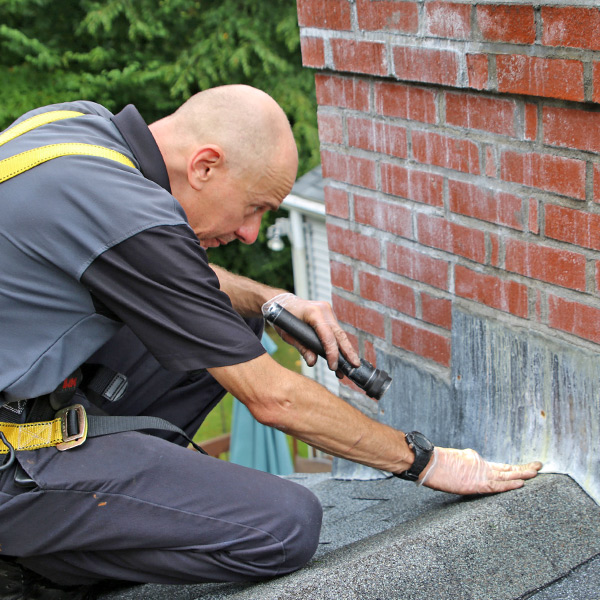Laundry Lint Concerns
We all know that chimneys that are neglected can become fire hazards but we often forget that lint buildup can also be dangerous. Lint is a normal byproduct of doing your laundry, and it’s normally very easy to remove. However, if lint starts to build up, it can become a serious fire safety hazard. Here’s why it’s so important to prevent lint from getting stuck in your dryer trap.
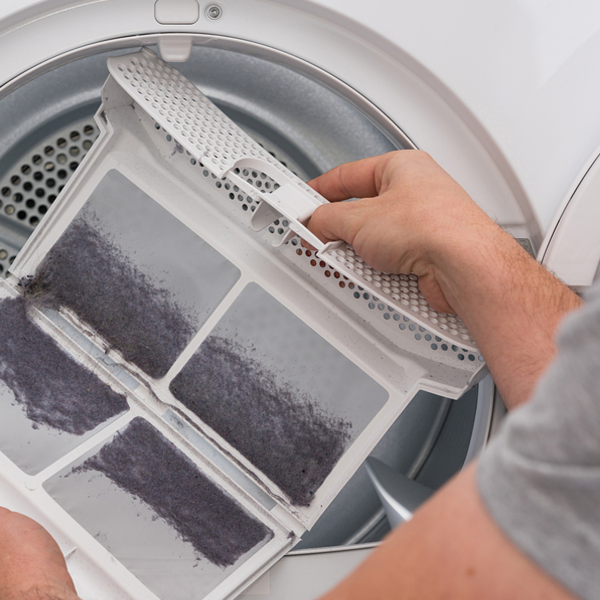 Why is lint buildup dangerous?
Why is lint buildup dangerous?
Ideally, lint should be removed from the lint trap after every load of laundry. However, it’s easy to forget to do this if you have a busy schedule. Certain fabrics also create more lint than others, which can overwhelm the lint trap even if you’ve just cleaned it. (New towels are an example of an item that creates excess lint.)
When this happens, wet lint that forms in the dryer makes its way past the lint trap and into your dryer vent. This clogs the vent and prevents hot air from passing through properly. This hot air then gets trapped in the vent with the lint, or even trapped in the dryer itself. If the dryer vent isn’t unclogged, it can result in a house fire.
What are signs lint has built up in your dryer vent?
Lint can easily build up in your dryer vent without anyone realizing it. However, there are some signs to watch for that are indicative of a clogged dryer vent.
- Your laundry room starts to feel hot when you run the dryer. This happens because the heat isn’t escaping from the dryer properly. Your clothes may also feel extremely hot to the touch after they come out of the dryer.
- Your monthly energy bills are higher and you can’t figure out why. When your dryer vent is clogged, your dryer has to work harder to run, which results in higher energy bills.
- Your clothes are still damp when they come out of the dryer, or you have to run the dryer much longer to get your clothes as dry as you want.
- You notice a musky or smoky smell on your clothes when you run the dryer. If this is starting to happen, get your dryer checked right away.
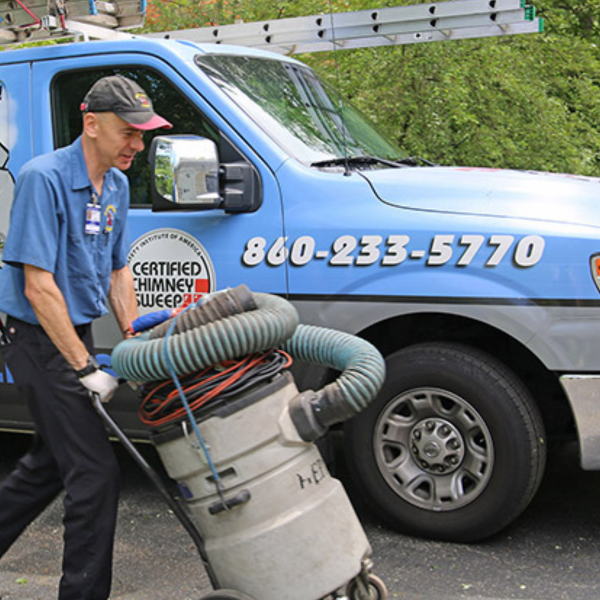 What should I do if lint has built up in my dryer?
What should I do if lint has built up in my dryer?
If you think lint may have built up in your dryer vent, call a professional right away to have it inspected. If there is a clog, they will be able to remove the lint for you. Avoid using your dryer until after you’ve been given the all-clear by a professional.
Once your dryer vent is clean, make sure you’re removing all the lint from the lint trap every single time you do laundry. Making a habit of doing this is the best way to prevent laundry-related house fires.
This post first appeared on https://www.mychimney.com
 Does Homeowners Insurance Cover Chimney Repairs?
Does Homeowners Insurance Cover Chimney Repairs?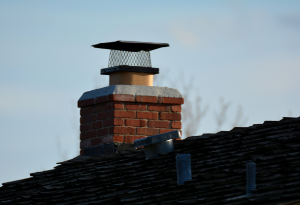 Make Sure That You Have a Chimney Cap
Make Sure That You Have a Chimney Cap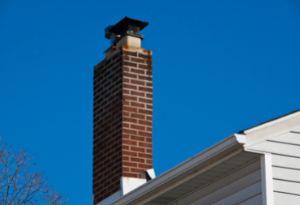 Are You Interested in Sealing Your Chimney Flue?
Are You Interested in Sealing Your Chimney Flue?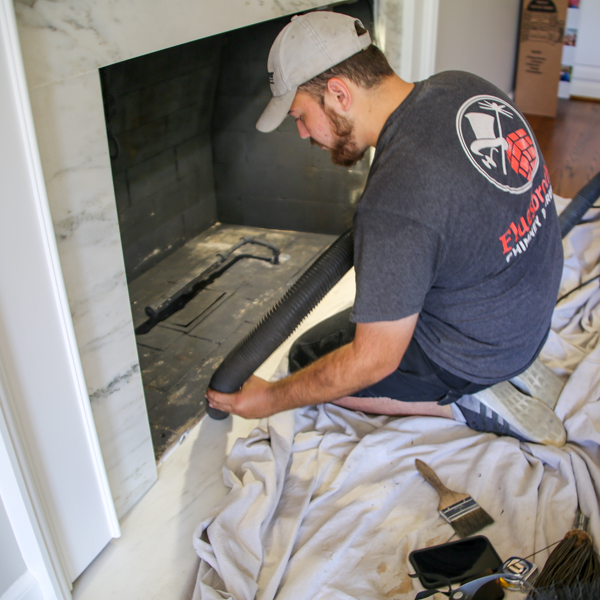 Wood-Burning Fireplace
Wood-Burning Fireplace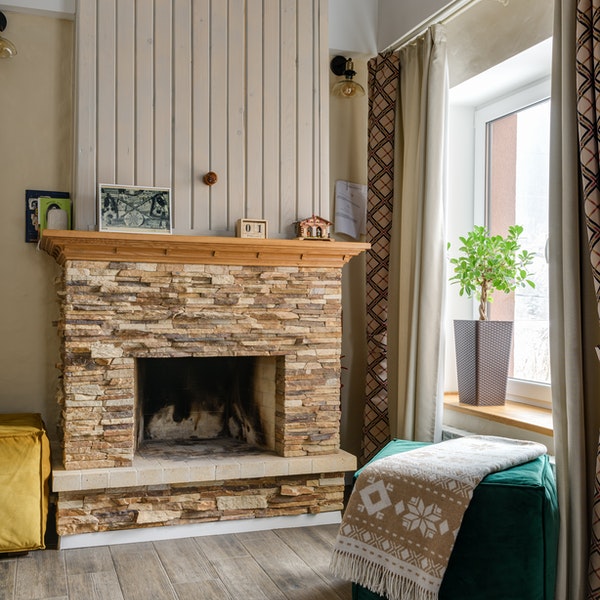 Chimney Sweeps
Chimney Sweeps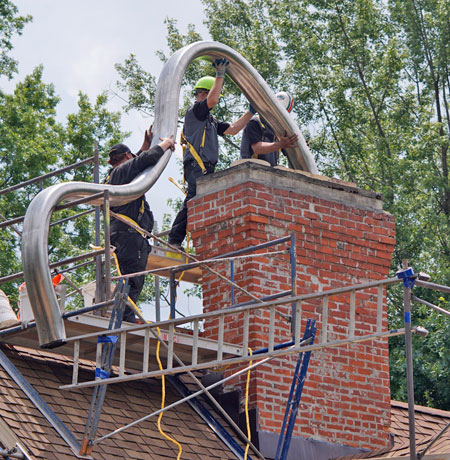 Chimney liner
Chimney liner